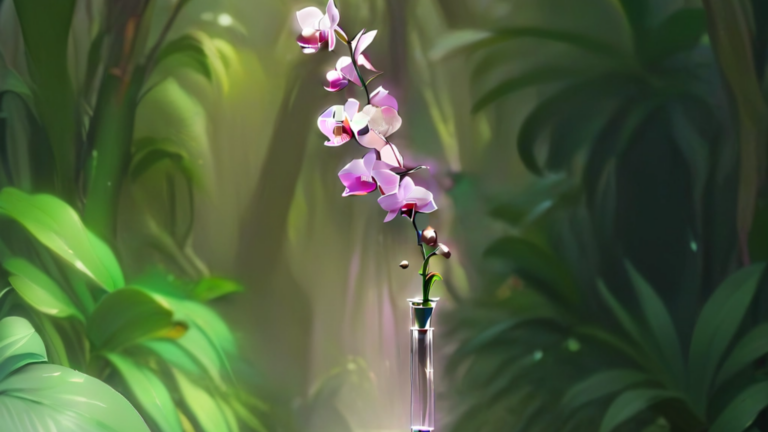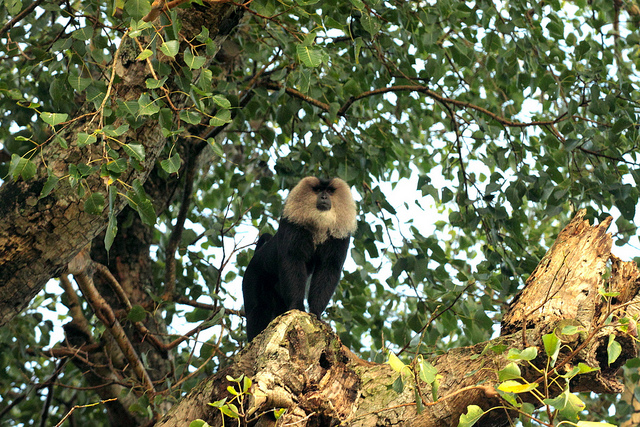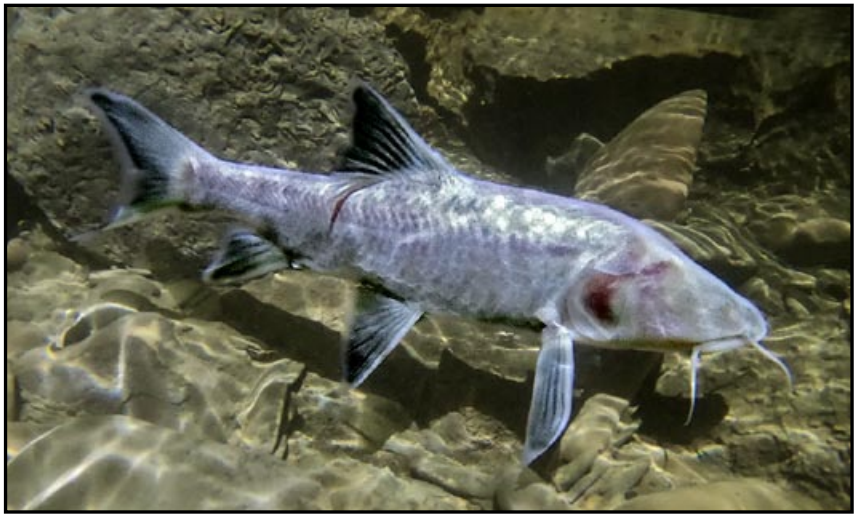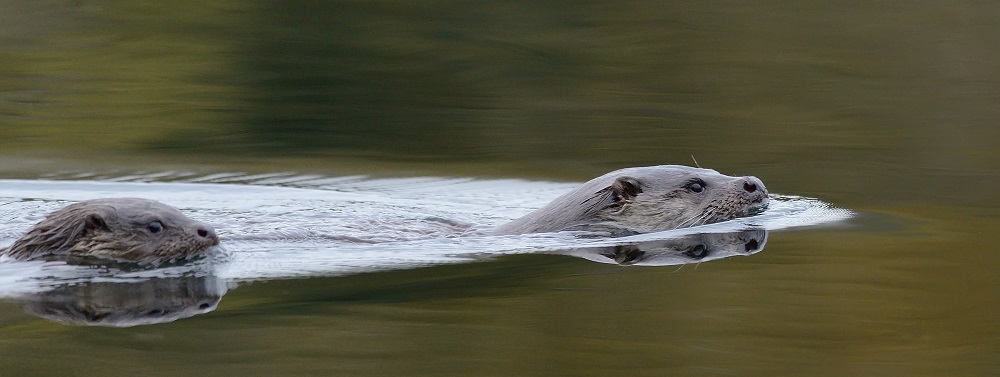Quick Glance
- Crepidium parryae, an orchid species first recorded in Mizoram in 1926, was thought to be extinct for nearly a century.
- In 2022, researcher Khyanjeet Gogoi discovered a similar plant in Arunachal Pradesh, which bloomed in 2024 and was confirmed as the same species.
- The rediscovered orchid is critically endangered, with only ten mature plants found in a small area.
- Habitat destruction due to road expansion has already wiped out the recorded plants, raising urgent conservation concerns.
- Scientists emphasize the need for immediate conservation efforts to prevent the species from vanishing again.
In the year 1926, botanist A. D. Perry collected a single specimen of an orchid species from the Lushai Hills region of Mizoram, back then a part of Assam. This orchid was growing on moss-covered trees at an approximate height of 1500 metres.
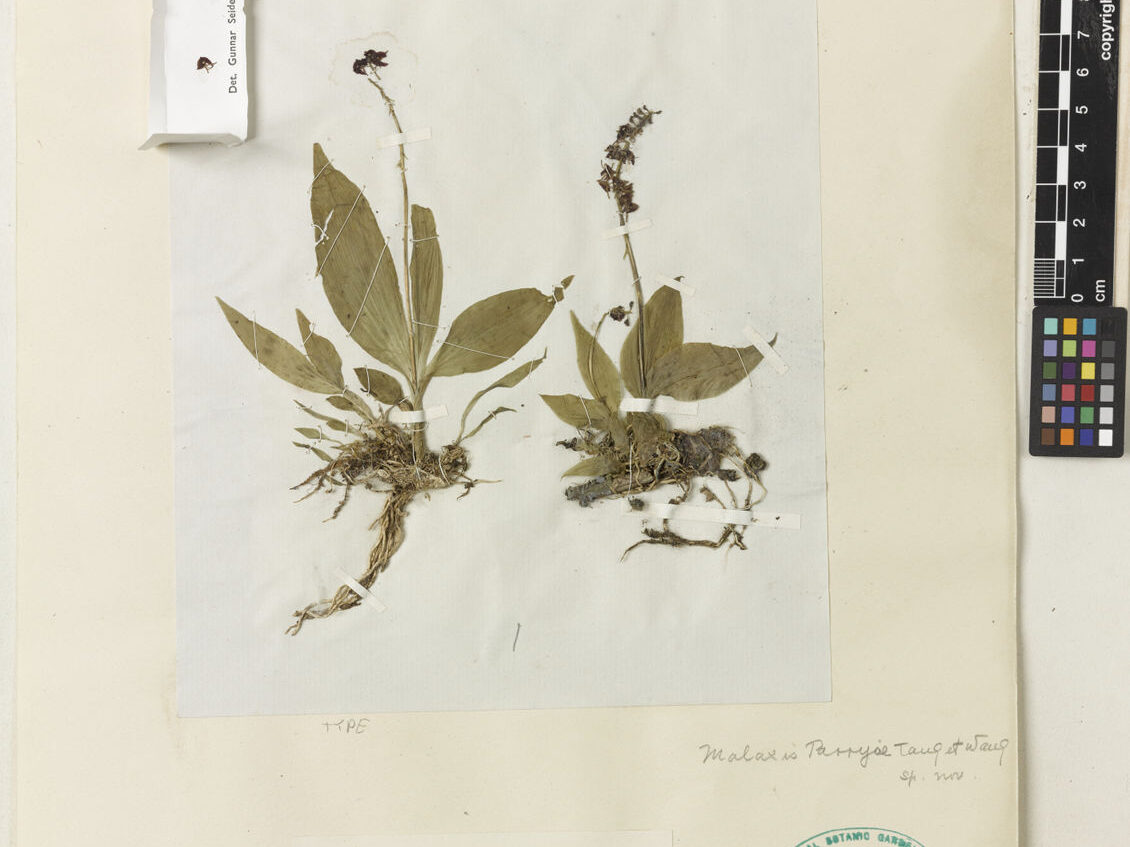
The unique species was classified as Malaxis parryae by Tang & F.T. Wang and despite numerous efforts over the years to find another specimen of the same kind, extensive botanical surveys brought no result. Scientists assumed the plant was possibly extinct.
A 100 Years Later
A breakthrough occurred almost 100 years later. Researcher Khyanjeet Gogoi from the Regional Orchid Germplasm Conservation & Propagation Centre (Assam Circle) came across an unfamiliar orchid species in Mishmi Hills region of Arunachal Pradesh in 2022.
The plant was in its vegetative state i.e. it did not have the distinct flowers that would help identify the species. Recognising the potential significance of the discovery he had made, Gogoi shared his findings with Pankaj Kumar, an adjutant professor of Miami Dade College , Florida, The two at the time believed they had discovered an entirely new species.

To confirm its identity, a specimen was carefully cultivated at the conservation centre in Assam. By May 2024, when the plant bloomed, a detailed study was conducted. After two years of continuous monitoring—both in the wild and in controlled conditions—alongside extensive research of botanical literature and herbarium specimens, experts established that the orchid was not a newly discovered species but rather a rediscovery of Crepidium parryae, a species endemic to India.
A Habitat Under Threat
The new population was located in a tropical evergreen forest at an altitude of around 900–950 meters, growing as a terrestrial plant – not as an epiphyte on moss-covered trees, the way it had been growing in Lushai Hills.
“The species has not been recorded in Mizoram for nearly a hundred years and may be extinct in that state. The recent discovery in Arunachal Pradesh marks only the second known occurrence of this orchid. However, after extensive surveys, we found only ten mature plants in a small area of about 20 square meters. The location, which lies outside a protected area (Mehao Wildlife Sanctuary, Lower Dibang Valley), has already suffered habitat loss due to road expansion, which destroyed all the recorded plants,” said Pankaj Kumar, the lead author of the study.
Kumar, who also serves as an IUCN Red List Authority for Orchids of Asia, has assessed Crepidium parryae as Critically Endangered. He hopes that more specimens might still exist in similar habitats within the region.
Arunachal: Home to Extraordinary Biodiversity
Arunachal Pradesh, located within the Eastern Himalaya biodiversity hotspot, is recognised as one of the world’s most ecologically significant regions. Despite covering only 2.5% of India’s landmass, the state is home to an extraordinary diversity of flora and fauna, including 85 species of terrestrial mammals, 650 bird species, 5,192 species of angiosperms, and 678 orchid species. The International Union for Conservation of Nature (IUCN) designated Arunachal Pradesh as a major plant diversity center in 1995 due to its unique combination of Indo-Chinese, Indo-Malayan, Indo-Burmese, and Indian subcontinental ecosystems.
The rediscovery of Crepidium parryae serves as a stark reminder of the delicate ecosystems hidden within the forests of Northeast India. While the region remains a sanctuary for rare and undiscovered plant life, increasing deforestation and climate change pose serious threats to its survival.
Scientists emphasize the urgency of conservation initiatives to protect Crepidium parryae and other endangered plant species. Without proactive measures, this orchid—found after nearly a century—could once again vanish, possibly for good.
Featured art generated via Dashtoon for representative purpose only





